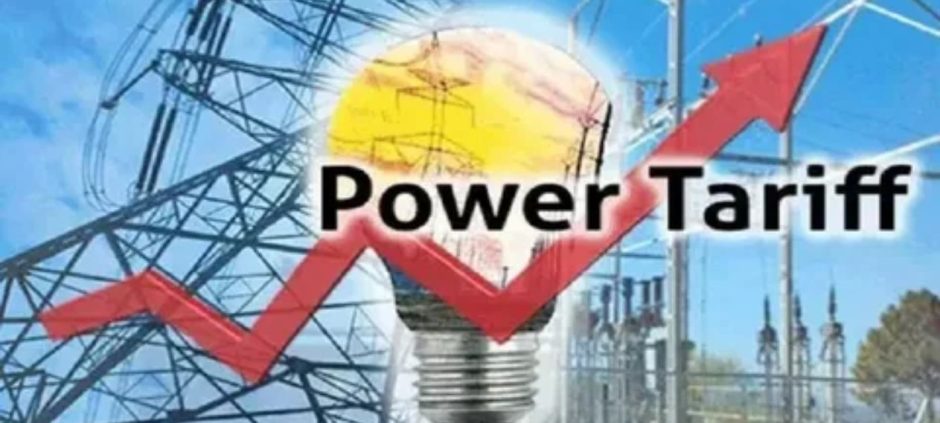The National Electric Power Regulatory Authority (Nepra) is undertaking a fresh rate review for 2026, sparking fears among consumers that electricity bills could rise again, despite a recent cut in the base tariff. While Nepra slashed the base rate by Rs 1.49 per unit, bringing it down to Rs 34.01/kWh, analysts warn that rising capacity charges and other costs could offset this relief.
For fiscal year 2025–26, Nepra pegged the Power Purchase Price (PPP) at Rs 25.98 per unit, a reduction from the previous year’s average of ~Rs 27/unit. Of the total Rs 3.342 trillion PPP, Rs 1.94 trillion (about 63 percent) is allocated to capacity payments, fixed costs paid even when plants are underutilized.
Nepra Technical Member Rafique A. Shaikh recently warned of “an extra burden of more than Rs 1.50 per unit” on consumers due to inefficiencies. He pointed out that several thermal plants are running at just 24 percent capacity, while key transmission lines and hydropower projects remain underutilized. This mismatch, Shaikh argues, pushes up fixed costs that eventually get passed on to households and businesses.
On the regulatory front, Nepra spokesman Safeer Hussain confirmed that the body has sent its tariff proposals to the federal government for approval. Meanwhile, CPPA-G, the agency that manages power procurement, had earlier proposed even lower PPP scenarios, estimating it might drop to Rs 24.75 per unit under favorable conditions.
Consumers are now bracing for the outcome of this review. Industry watchdogs warn that without structural reforms and more efficient utilization of cheaper hydropower, the 2026 rate review could tilt in favor of power producers, not the public.
Still, amid talk of higher bills, Nepra’s recent rate-setting decisions and the ongoing scrutiny over overbilling suggest that the energy sector remains under a fine balancing act. Importantly, the issue of overbilling was in focus recently when three power firms were fined Rs 100 million by Nepra for charging excessive amounts, a reminder that consumers’ protection remains part of the broader conversation.
As 2026 nears, all eyes will be on Nepra’s final decision and whether electricity users will ultimately pay more or catch a break.











